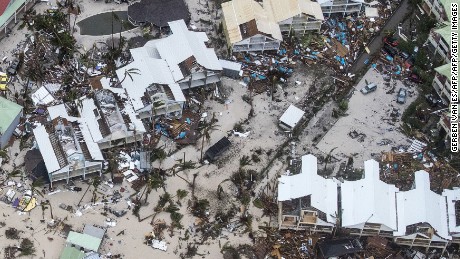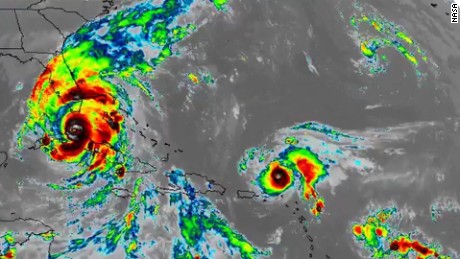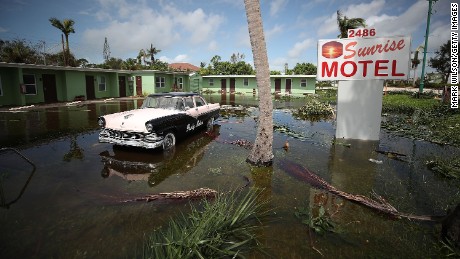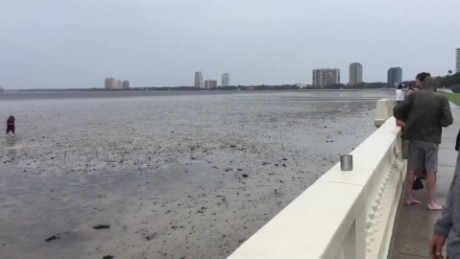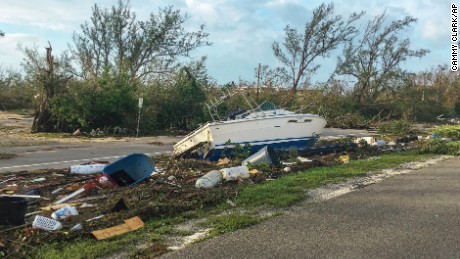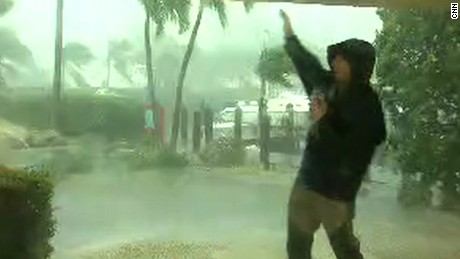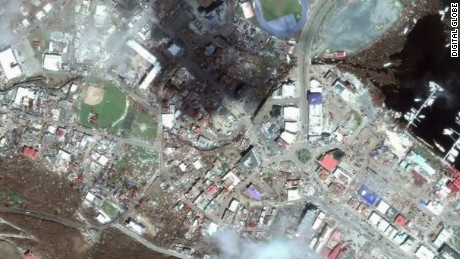Story highlights
- Most models show the most likely impact on Florida's eastern coast
- The storm could make landfall in Georgia or the Carolinas
(CNN)The east coast of Florida is likely to feel the ferocious punch of Hurricane Irma's outer bands on Saturday, and the storm could rumble very near or pass over Miami on Sunday, forecast models show.
But the various predictions -- dubbed the "spaghetti models" -- have differed on how the storm might move as it approaches the United States and where it could make landfall. Considering all the options can be a dizzying recipe for panic, particularly for those who live along the coast.
"All possibilities are still on the table for impacts to the US," CNN meteorologist Dave Hennen said, citing prediction charts and models, including the Global Forecast System and the Euro.
"Most models show that the east coast of Florida is the most likely to be impacted, but the models could easily shift back farther west," Hennen said. "Some models (were) still showing a landfall on the west coast of Florida, others along the east coast, and others showing the storm hugging the east coast of Florida and making a landfall farther north in Georgia or the Carolinas."
And recent changes in just three models show how fast predictions can change.
On Tuesday, the Canadian model put Irma's track along the western coast of Florida; the European one set the storm on a course straight up the middle of the state; and the GFS aimed it up the east coast. By Wednesday, the European and the GFS models both tracked Irma up the eastern coast of Florida, and the Canadian model forecast it even further east.
'It is not an exact science'
Because of the variety among the models, the National Hurricane Center produces a cone graphic that covers a large territory over which the storm might affect the United States. It's designed to warn residents several days in advance of storm conditions so they can prepare or evacuate.
Owing to shifts in several models from Tuesday to Wednesday, "the forecast has become more uncertain after 72 hours due to large eastward shifts," the National Hurricane Center said.
Irma could take a track similar to Hurricane Matthew last year, skirting the Florida coast and making landfall in Georgia or the Carolinas on Monday afternoon or Tuesday night, CNN meteorologist Judson Jones said.
"The forecast models are based off a ton of data that are thrown into equations," he said. "If that initialized data changes, the forecast might be able to change."
And he cautioned that early predictions can change.
"These models could still shift west again," Jones said. "That is the problem with forecasting. It is not an exact science."

